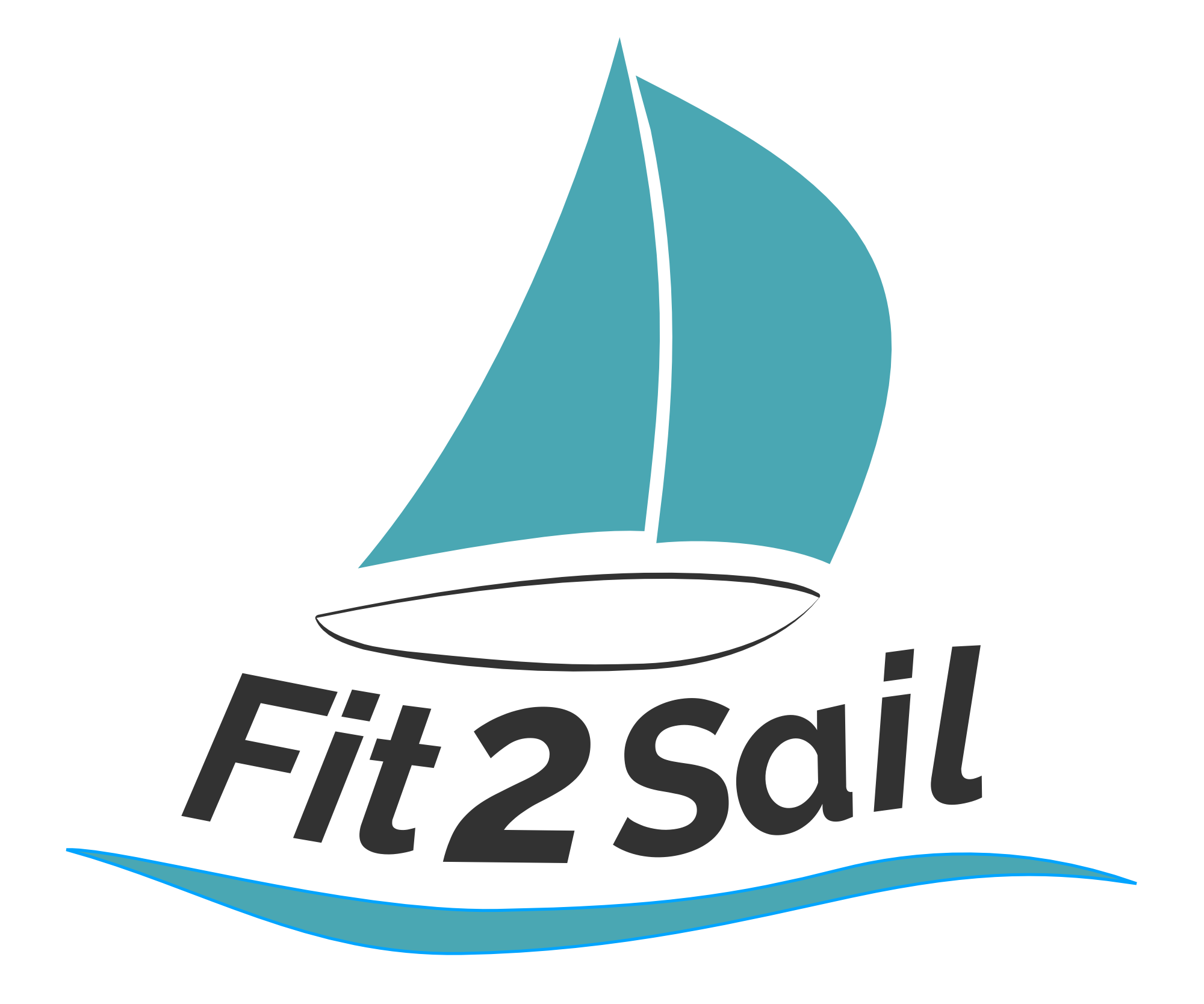Plumbing Progress
When we first did the plumbing system on Calypso, we used what was available then: bronze fittings, hose, and hose clamps. All the hose was clear plastic. The manifold, basically the brains of the systems, was a massive thing with 4 different ball valves that took up valuable real estate under the sink. We had 2 foot pumps (one salt water and one fresh) and 2 different faucets, one of which was a beautiful bronze hand pump that hooked to the water filter we’d optimistically installed. The galley sink was a deep, overmount-style, single basin that could, barely, hold my pasta pot. Usable space was 9”x 10” - the size of a slightly-wonky piece of paper.
There’s a lot that’s different this time around.
First of all is the sink. (Have I mentioned I love big sinks? Big, stainless, undermount sinks? I do. Our sink in Charlottesville was one of the very best decisions we made in a kitchen full of really great decisions.) After a lot of agonizing over exactly how much space we could dedicate to the sink . . . well, wait. On our boat, the sink drains into the water surrounding the boat. So the drain is a direct conduit, as it were, between the ocean outside and the sink inside. You will have standing water in that drain all the time; how much standing water depends on how much of the drain pipe is below the waterline of the boat. Then consider heeling (leaning over) when you’re sailing, and what THAT can do to the waterline of the boat. Putting in a sink on board is not as simple as “cut a hole in the counter and away you go.” We had to consider where the sink would go, how deep it could be, and how big it could be without running the risk of having water slosh out of the sink onto the counters when we are on a deep heel. So many points to ponder.
But. We finally made a decision. We’ve got a stainless steel, undermount sink* that is SO MUCH BIGGER. 18.5”x13.5” (and still 9” deep!). It comes with a sweet grid for the bottom of the sink, to keep items off of the floor. The only thing we’re not wild about is the super deep drain with basket, so we’re sourcing a more shallow one. Ahhhhhhh!
Second is the foot pump. We’re not installing pressure water, but we’re only going with one foot pump this time around. No seawater pump. This will take some getting used to on my part, as I love saving water by washing dishes in salt water. Our thinking, though, is that keeping salt water out of the boat is a good thing. We’ve got a watermaker so can make water to keep up with demand. If we’re really low on water, we can always haul the dishes to the cockpit and wash up there.
One faucet only this time. Yes, filtered water is awesome to drink, and we’ll figure out some kind of filter for our drinking water. But that manual faucet was impossible to work with the pressure pulling against a filtration system that clogged faster than you could turn around. We abandoned it almost as soon as we installed it - but had to lug it around for more than 20 years because we’d put holes in the tile counter to install it. After getting excited about a high, modern faucet, we found this simple one when we were going through storage. We’re going with what we have. (Does not hurt that the price tag on the one we found says “$14.95.” A new one? $60.)
Modern plumbing on an old boat? You read it here first. We’re putting (gasp) Pex plumbing on the boat. This plastic tubing with press on fittings is easy to install and easy to maintain, is flexible enough for what we need it to be, and should do a better job resisting growth than the old clear hose. It’s inexpensive and easy to find, another bonus for anything on board.
Pex tubing with a t-connector, on the water tank
Eagle eyes will see a hole drilled through the cross beam, at the right side of the photo. The beam is a floor support, and we had to drill a few access holes to accommodate the new plumbing. The aft most beam had so many holes through it already it was like Swiss cheese; the floors flexed at that particular spot. Of course, none of the holes worked for what we needed.
So Jeremy, in this week’s edition of “Project Creep”, cut and installed a floor beam support. Then he could notch out the old beam to run the rest of the plumbing.
Support for the floor beam support going into place!
Already the easy connect/disconnect nature of Pex is coming in handy, as we had to remove water tanks for the support beam project; in order to remove those tanks, we had to dismantle some of the installed plumbing. No big deal at all.
Progress is sweet!



